As little as two years ago, the small city of San Jose del Guaviare in Colombia was a complete no-go zone for tourists. The region was associated for decades with drug trafficking and the ongoing violence that plagued Colombia for decades.
Now, it is emerging as a prime destination for eco-tourism and rightfully so. Sandwiched between the plains of Los Llanos and the thick jungle of the Amazon, San Jose del Guaviare offers infinite opportunities for anyone looking to get off the beaten track and experience a true adventure.
Note the above photo is the shores of Laguna Negra, near San Jose del Guaviare, photo is by Roisin Mulligan.
Here are our picks for the top 12 things to see and do in the area:

Cruising towards Laguna Negra, photo by Roisin Mulligan
1. Laguna Negra
Cruising down the stream on the way to Laguna Negra, you feel like you could be in the everglades. Birds of every shape and size swoop from the trees and up from the plants in the water.
After a relaxing journey down the river, the trees give way to a beautifully clear lake. This is also a great opportunity to take a dip in the water, which is the perfect temperature to escape the midday sun.
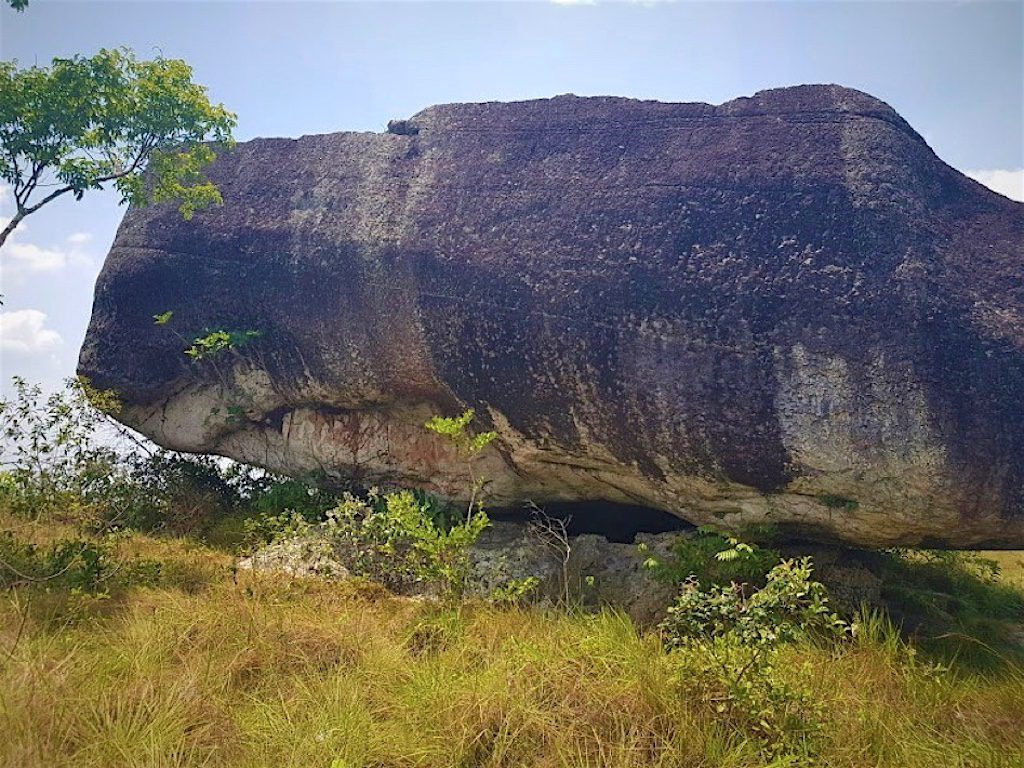
La Ballena (The Whale) rock formation in La Lindosa, photo by Roisin Mulligan
2. Walking through La Lindosa
La Lindosa, located about 11 miles (17 kilometers) from San Jose del Guaviare, is the site of several large and surreal rock formations. Over time, weather and water eroded the rocks, leaving behind these bizarre structures.
Many seem like animals, for example the one below which is known by locals as “la ballena” – the whale. Also, it is possible to see small prehistoric paintings on some of the rocks here.
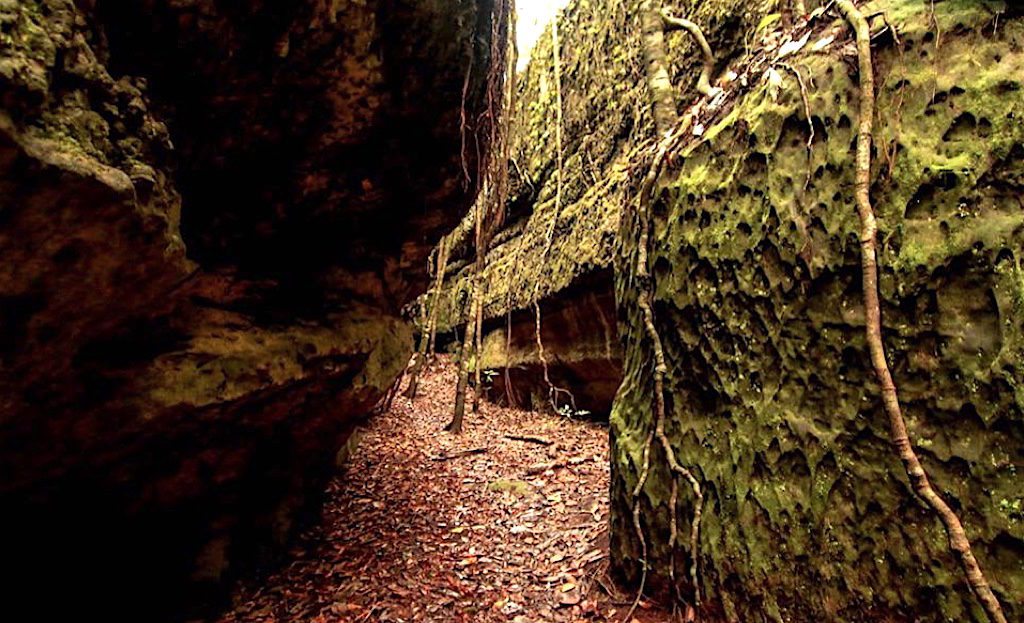
Exploring Los Tuneles, photo courtesy of Outlanders Colombia
3. Los Tuneles
If you want to feel like a real life Indiana Jones, don’t miss Los Tuneles. The rock formations that left winding tunnels and caves feel like a playground. Also, you can swing from the various vines and roots that hang down from the trees which grow out from the rocks.
If you share Indiana Jones’ phobia for snakes as well then be aware. The area features a few venomous species, such as the infamous coral snake, though these are rarely sighted.

Caño Rosado, photo courtesy of Outlanders Colombia
4. Tranquilandia/Caño Rosado
Caño Cristales isn’t the only colored river in Colombia. The red rivers of Tranquilandia and Caño Rosado may be much less famous, but this doesn’t make them any less spectacular.
The algae and vegetation within the water is what gives them this vivid color. The colors exist in the summer months but check the weather before you go, as these rivers are prone to drying up completely at certain times of the year.

Puerta de Orion, photo courtesy of Outlanders Colombia
5. Puerta de Orion
The Puerta de Orion – which literally means “Orions Gate” – is a huge rock formation measuring 15 metres wide and 12 metres tall.
To get there, it’s necessary to hike through exposed desert landscape, so be sure to bring your suncream. Puerta de Orion is perhaps best visited in December, when the earth’s rotation means that the similarly named constellation of Orions Gate can be viewed through the gap in the rocks.

Pavo Hedionda, photo by Aisse Gaertner
6. Bird Watching
The amount of bird biodiversity on display in and around San Jose del Guaviare is stunning. Even those who have little passion for bird or wildlife watching will enjoy the sheer variety of animals which call the region their home.

Halcón Garrapatero (Milvago Chimachima), photo by Alejandro Bayer Tamayo
Due to the rivers and lakes, most of these are water birds and it is common to see a bird diving powerfully into the water to catch a fish. Here, you can spot herons, storks, kingfishers, eagles and even toucans.

Nukak traditional ceremony, photo courtesy of Outlanders Colombia
7. Learn about the Indigenous Community
Arguably one of the most interesting and important aspects of the Guaviare region is the presence of the Nukak people.
Originally habitants of the jungle, since they first came into contact with the outside world in 1988, 50 percent of the tribe has been wiped out by diseases such as measles and influenza to which they had no immunity. Acute respiratory diseases remain the leading cause of death amongst the tribe.
Finally, the violent drug trade and the conflict between the paramilitaries, guerrillas and Colombian army forced the Nukak to abandon their homes in the jungle and seek refuge on the outskirts of San Jose del Guaviare.
Although the Colombian peace accord made special mention of the Nukak, their land has not yet been returned to them.
Many of these once thriving hunter-gatherers now live in improvised camps where they continue to be marginalized and discriminated against. There are organizations, such as Survival, who are working to restore the fundamental rights of the Nukak.

Ciudad de Piedra, photo by Roisin Mulligan
8. Ciudad de Piedra
The “city of stones” will have you wondering whether this is a natural rock formation or indeed an ancient man-made city. There seem to be little houses, avenues and shops carved into the stone.
Like La Lindosa, this area used to be submerged in water. The formations are the result of millions of years’ worth of erosion, which now sit on a vast and arid landscape.
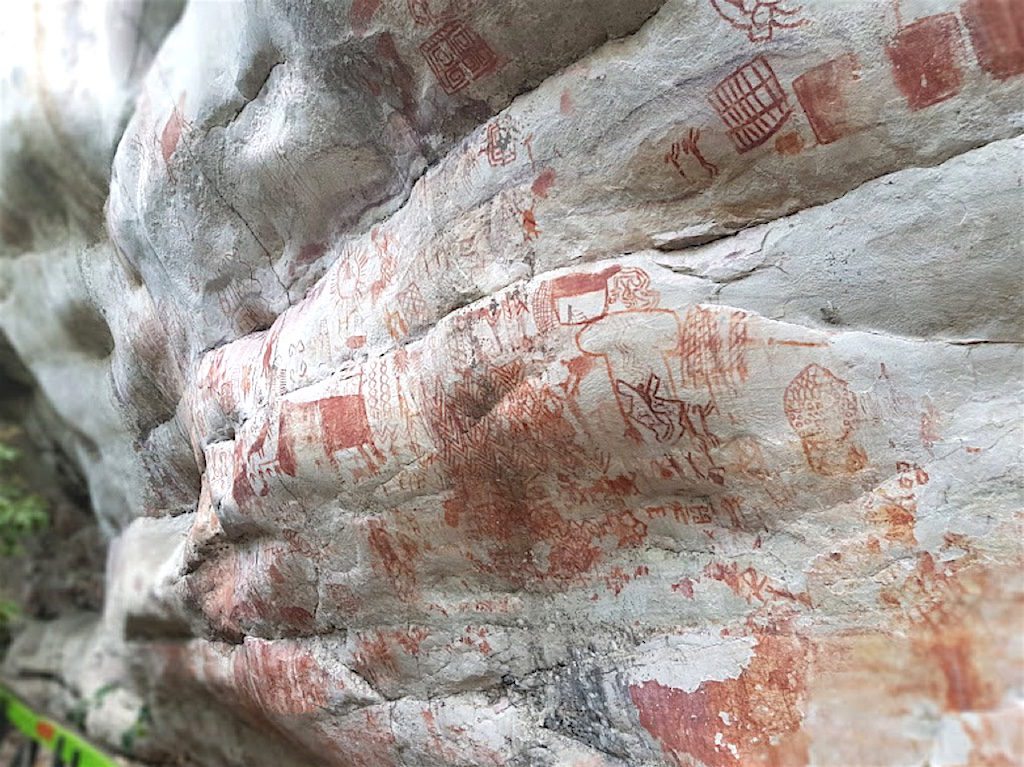
Cave paintings near San Jose del Guaviare, photo by Roisin Mulligan
9. Cave paintings
There aren’t many places in the world where you can visit something as ancient and awe inspiring as prehistoric drawings, without being swarmed by tourists.
In San Jose del Guaviare there are actually three places where you can view the paintings– Nuevo Tolima, Cerro Azul and El Raudal de Guayabero. The latter will have you hiking through the jungle up a steep hill, but it all becomes worth it to see a huge rock face covered in scarlet paintings that are estimated to be at least 1,000 years old.

Cave paintings near San Jose del Guaviare, photo by Roisin Mulligan
The paint is made from a mixture of natural materials such as ochre, and substances like blood from livestock. And the images themselves are a wonder. Depicted are hunter-gatherers, mega fauna, erotic imagery and geometric patterns. Because of the relative obscurity of the drawings, their true meanings for now remain a mystery.

View over Macarena National Park, photo courtesy of Outlanders Colombia
10. The View Over Macarena National Park
Quite simply the most magnificent view on offer in San Jose de Guaviare, this is accessible by hiking further up through the jungle from El Raudal de Guayabero.
From there, you can get spectacular views over the river and the jungle. From this height it is possible to see just how far the jungle extends, into the province of Meta and beyond.
But it is also possible to see large swathes of land where no trees seem to exist. And these are the scars left by deforestation, one of the main issues facing the Guaviare region currently.

The banks of the Guaviare river, photo by Roisin Mulligan
11. Rio Guaviare
Taking a boat down the Guaviare river is a relaxing and beautiful way to spend an afternoon. The endemic birds are everywhere, but you can also spot river turtles and even the occasional crocodile.
The real star of the show here though is the pink Amazon river dolphin. Born grey, these animals gradually turn pink with age. They can also turn pinker when they get excited or nervous, just like when humans blush.

A pink river dolphin sighting, photo courtesy of Outlanders Colombia
The dolphins are abundant here, and sightings are extremely common. Perhaps part of the reason for this is their semi-mythical status within the local community. It is considered by many to be bad luck to harm these beautiful animals.
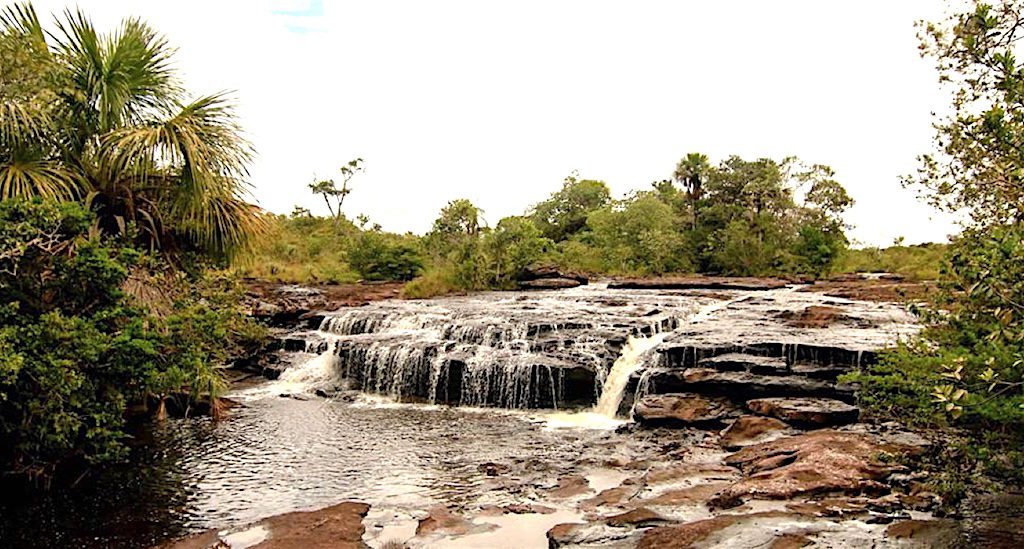
Pozos Naturales near San Jose de Guaviare, photo courtesy of Outlanders Colombia
12. Pozos Naturales
The pozos naturales, or “natural wells” are an excellent place to take a dip. Here you can swim, dive, or jump off the rocks into the refreshing water beneath. These can be accessed on the way to Nuevo Tolima.

Pozos Naturales, photo courtesy of Outlanders Colombia
If you have time to take a break from sightseeing, the pools are a perfect break and a chance to relax after spending the day in the sun.

A street in San Jose del Guaviare, photo by Roisin Mulligan
The Small Town of San Jose del Guaviare
Whilst most attractions lie outside the small city of San Jose del Guaviare, there is something fascinating and charming about this place. Once considered by Colombians to be one of the country’s most dangerous places, it now feels remarkably safe.
In typical Colombian style, there is a quaint plaza where you can pick up a cone of ice cream for 700 pesos and many delicious fish restaurants surrounding the park. And the small city with a population of about 65,000 also contains several large supermarkets. Furthermore, there is a Bancolombia for cash withdrawals.
What to Bring to San Jose del Guaviare
The region can be extreme in terms of weather depending on the time of year you go. November represents the rainiest month, when the streets become muddy and treacherous. So bring your waterproofs if planning to go at this time. Sunscreen lotion and insect repellent are absolute musts.
We advise buying Nopixex, a type of insect repellent which was developed by the Colombian army when on patrol in the jungle. It is available over the counter in most pharmacies.
It is also a good idea to wear long clothing and a hat to protect your skin from the unrelenting sun and mosquitos. Though malaria is not prevalent here, it does exist, so make sure you buy some malaria tablets too.
Don’t forget to bring your bathing suit for enjoying Laguna Verde, Pozos Naturales and the coloured rivers. If you are a vegetarian or vegan, bear in mind that the choice for food is limited, so stock up on snacks before you go.
Also, phone reception is patchy at best, so let your family and friends know that they might not hear from you for a few days.
How to Get to San Jose del Guaviare
Only Satena operates flights to San Jose de Guaviare from Medellín. All of these flights stop in Bogotá for a few hours. In addition, they only operate on Mondays, whereas direct flights from Bogotá operate on Sunday, Monday and Wednesday.
It is also possible to get a bus from Bogotá which takes around 7-8 hours, or a bus from Villaviciencio which takes around four hours.
My personal recommendation for the safest and most convenient way to visit the region is by going on an organised tour such as with Outlanders Colombia.
For 400,000 pesos, Outlanders provide all transport, activities and most food over a period of three days. This will save you from wandering round looking for a place to stay or things to do.
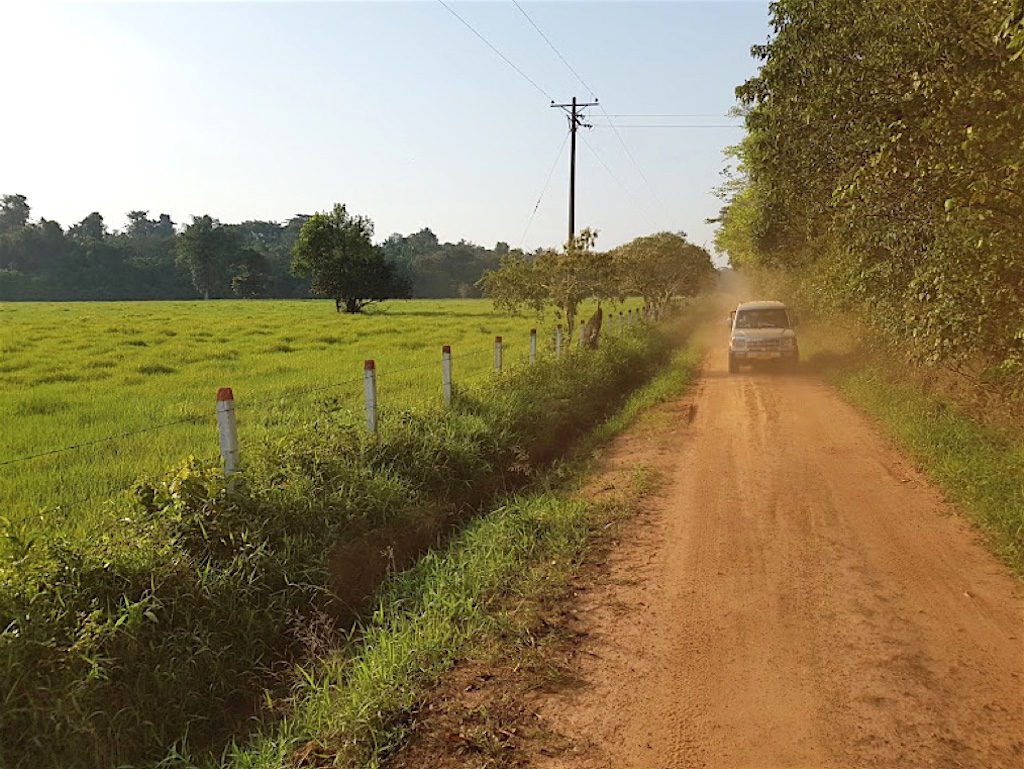
Tourist infrastructure is still developing so it can be difficult to get around, so taking a tour like Outlanders can help with transport, photo by Roisin Mulligan
Their tour guides are extremely professional and knowledgeable about the region. And they will go the extra mile to make sure that everyone is safe and comfortable at each point of the journey. Their tours depart from Bogotá, and more information can be found on the Outlanders Colombia Facebook page and Outlanders Colombia website.
Where to Stay in San Jose del Guaviare
For an authentic experience, head to Playa Guio. Located roughly 3 miles (5 kilometers) from the main town, you can rent a small private cabin by the river for around 80,000 pesos.
The main selling point of Playa Guio is the prospect of being completely surrounded by nature. You can fall asleep to the sound of crickets. And you can wake up to the chirp of birds and the distant roars of the howler monkeys. Behind the cabins there is a forest walk, where you can stroll through the thick vegetation before relaxing on the shores of the Guavaire river.
For those who want a more up-market offering, the Hotel Porticoro is located just off the main square. For roughly 120,000 pesos you can enjoy a pool, free Wi-Fi and a gym in addition to your room.
And the three-star Hotel Aeropuerto, located next to the run-down Gorge Enrique González Torres airport (SJE) in San Jose del Guaviare, is popular with business visitors. A room there will cost around 250,000 pesos per night.
Top Things to See and Do in Colombia
San Jose de Guarviare is one of the most beautiful places in Colombia.
On the Medellin Guru website, we have been looking at some of the most beautiful places in Colombia in a series of top things to see and do in Colombia. This is due to many readers asking about several of these things to do in Colombia.
We have looked at 20 of the top things to see and do in Colombia, in alphabetical order:
- Caño Cristales – the most beautiful river in Colombia, which has also been called the most beautiful river in the world by some people.
- Carnival in Barranquilla – the second largest carnival in the world.
- Cartagena – Oozing history, romance and sun-drenched beaches, the allure of historical Cartagena is hard to resist.
- Ciudad Perdida – the site of an ancient city in Colombia that is older than Machu Picchu in Peru.
- Colombia’s Pacific coast – often overlooked by tourists visiting Colombia but offering untamed nature and undiscovered beauty that is off the beaten path for most foreign tourists.
- Desierto de la Tatacoa – the second largest arid zone in Colombia is Tatacoa Desert, which has surreal desert landscapes and some of the best stargazing in Colombia.
- Guatapé – a picturesque pueblo near Medellín known for its huge rock and lake. And it’s likely the most visited pueblo in Colombia by foreigners.
- La Guajira Peninsula – one of the most visually stunning places in South America, which is located on the northern tip of Colombia where the desert meets the sea.
- Las Lajas Sanctuary – the most beautiful church in Colombia, which has also been called the most beautiful church in the world.
- Medellín’s Christmas lights – Medellín’s annual world-class Christmas lights known as Alumbrados Navideños.
- Medellín’s Feria de Las Flores – Medellín’s world-famous flower festival each year.
- Parque Nacional Natural Los Nevados – a popular national park in Colombia located in the heart of the Colombian coffee region.
- Parque Tayrona – known for its beautiful beaches and the world’s highest coastal mountain range.
- Popayán – a colonial gem in Colombia best known for its white buildings and churches, it’s a city off the beaten path for foreign tourists but is definitely worth visiting.
- Rio Claro Nature Reserve – located about three hours from Medellín, Rio Claro is the perfect place to unplug from hectic daily life and enjoy a picturesque crystal-clear river, canyon and tropical rainforest.
- Salento and the Cocora Valley – Salento is a picturesque pueblo in Colombia’s coffee region and the nearby Cocora Valley is one of the most striking landscapes found in Colombia.
- San Agustín Archaeological Park – the largest group of pre-Columbian monuments and megalithic statues in South America and is a UNESCO World Heritage Site.
- San Andrés – Colombia’s Caribbean island which is a UNESCO World Biosphere Reserve featuring many beaches, islets and coral reefs that are filled with flora and fauna.
- San Gil – Colombia’s adventure capital that is full of things to do including white water rafting, paragliding, caving, rappelling, hiking and much more.
- San Jose del Guaviare – a hidden gem and eco-tourism location off the beaten path and offering wildlife watching, jungle trekking and delving into Colombia’s prehistoric past.
Also, we included San Jose del Guaviare in our list of the top 20 tourist attractions in Colombia.

Getting on the boat to Playa Guio, photo by Roisin Mulligan
The Bottom Line: San Jose del Guaviare
San Jose del Guaviare is a truly fascinating and beautiful region. The ongoing conflicts, violent cocaine trade and involvement from paramilitaries and government have taken a toll on the people there, some of whom feel unable to identify with their own province.
The national sense of pride and identity that is so obvious in places such as Bogotá, Medellín or Cartagena, simply does not exist here. That, thankfully, is changing. Most noteworthy, the eco-tourism industry is breathing new life into the area and providing opportunities for work and growth.
And that is without going into the wealth of activities and sights within the area. From wildlife watching, to jungle trekking, to delving into Colombia’s prehistoric past, this is truly an unforgettable experience for any traveller who wants to see a different part of the country.
The bottom line is that San Jose de Guaviare really is a hidden gem worth visiting.
Sign up for the Free Medellin Guru Newsletter – You can see all of the previous Medellin Guru weekly email newsletters and sign up here.



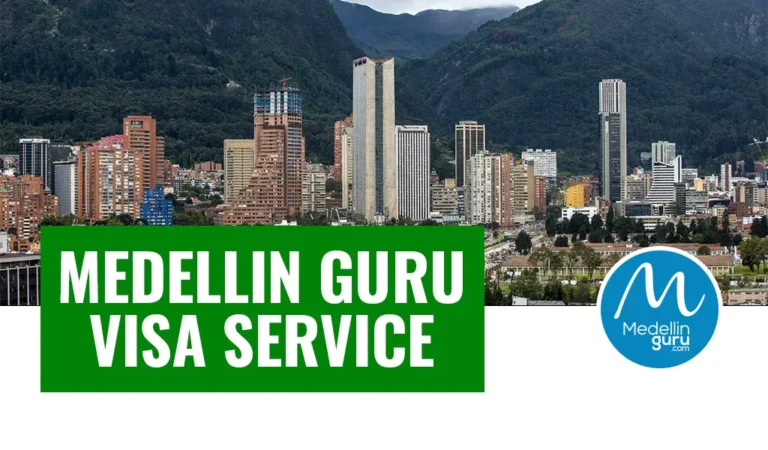
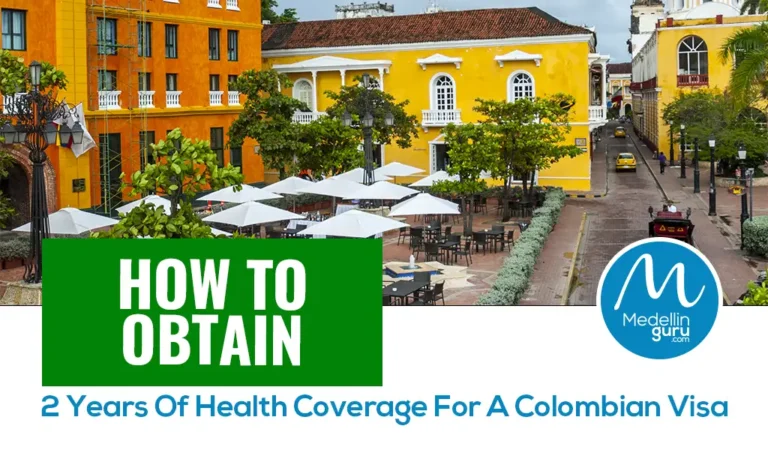


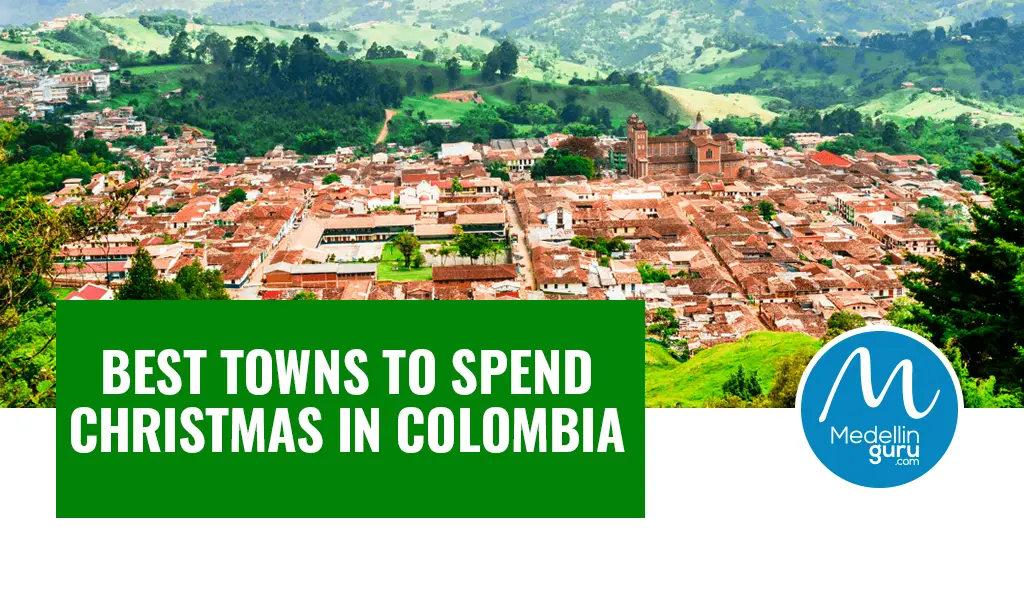

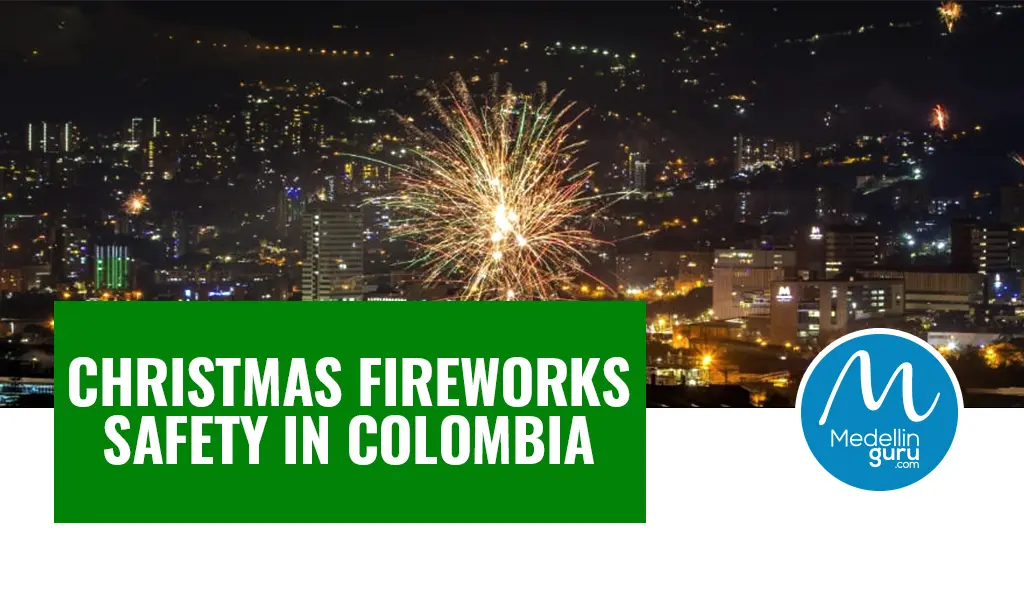

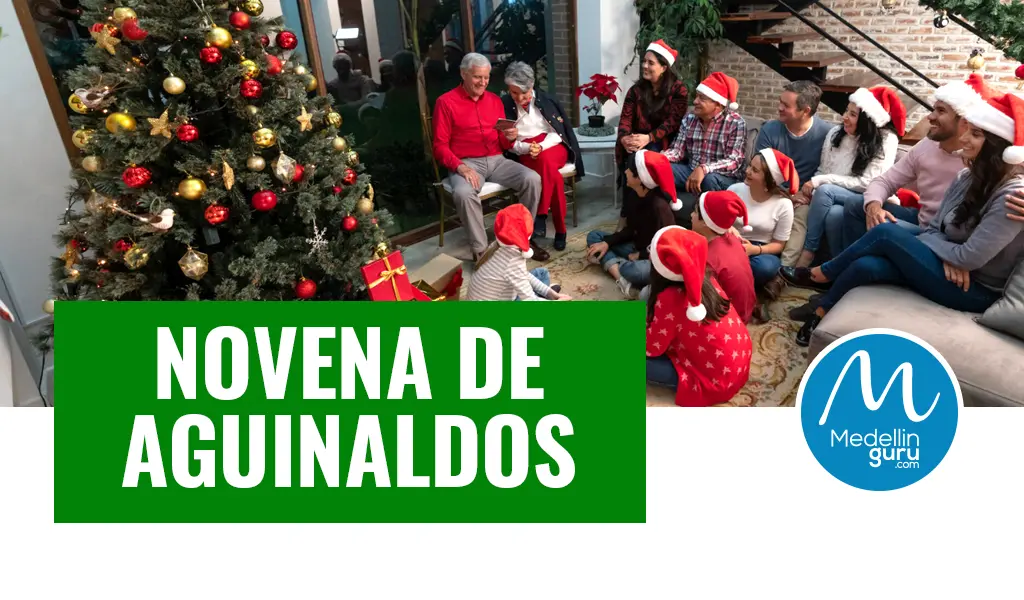




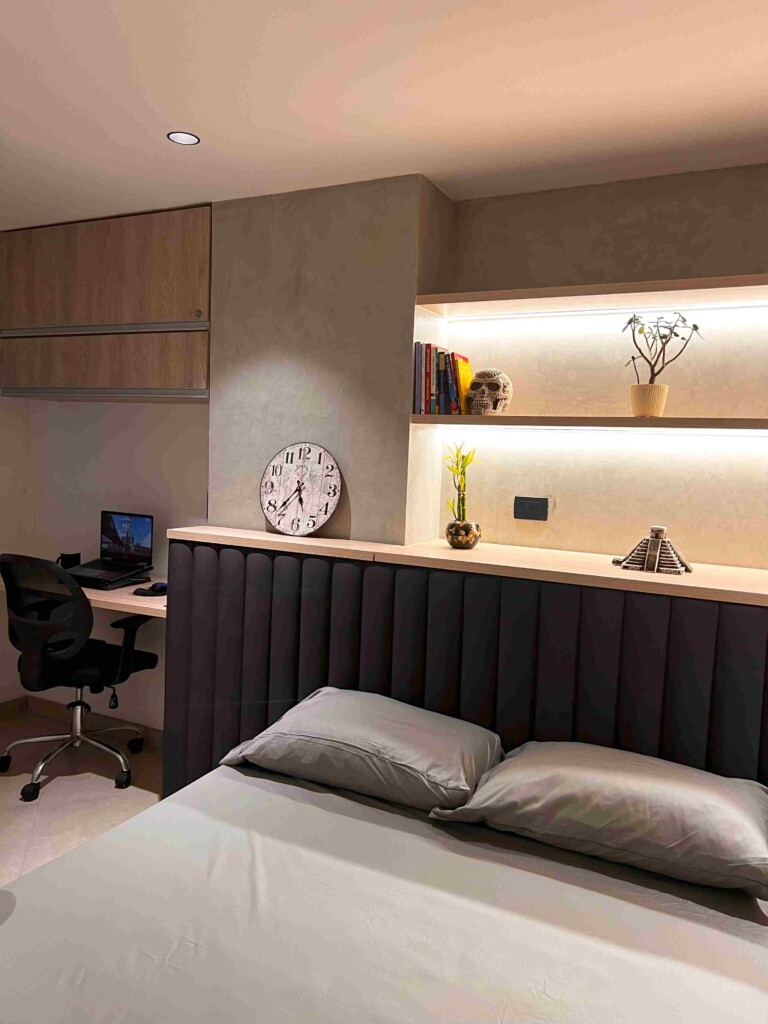
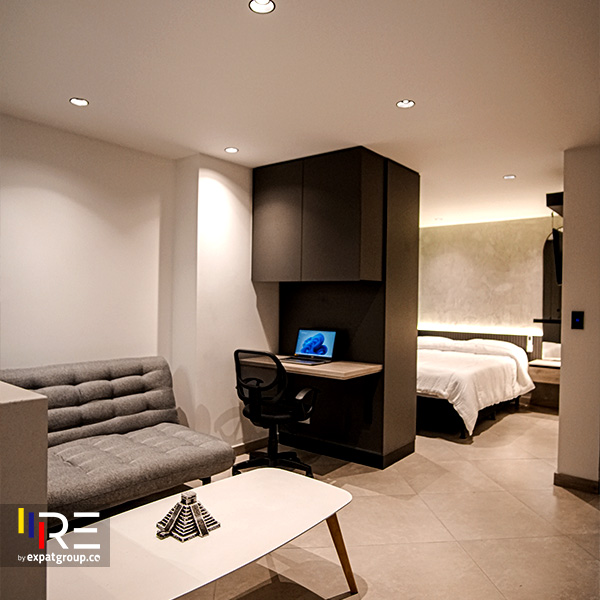




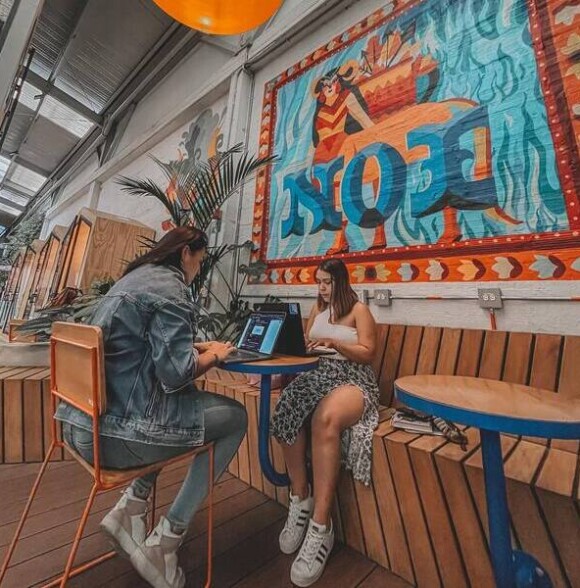

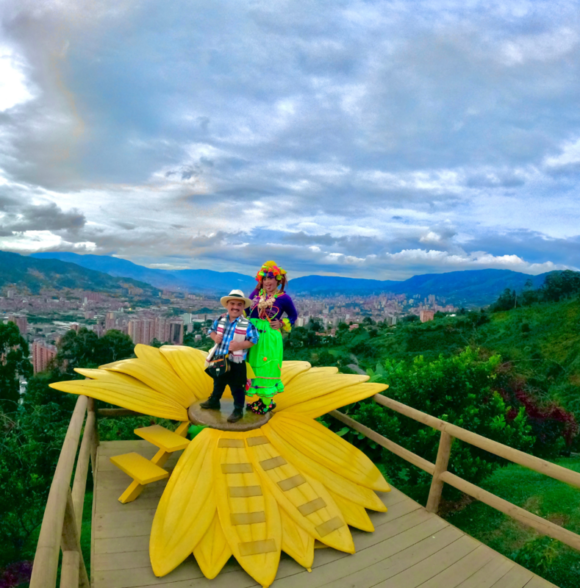








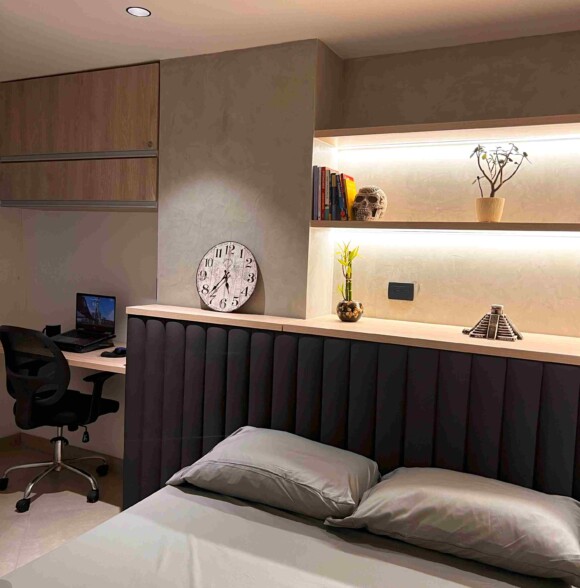
12 thoughts on “Top 12 Things to See and Do in San Jose del Guaviare”
Hi Jeff! Great post! I am hoping to go here from Bogota and you say there is a bus. Is it direct? What bus station do I take it from? Or even just a name of the company so I might be able to find out this information. Everything I’ve found when I google is saying I need to change buses 3 times!
Flota la Macarena has buses to San Jose del Guaviare from Villavicencio and from Bogotá to Villavicencio. So, you will need to change buses once in Villavicencio.
Aunque es valido hacer el viaje Bogota villavo- Guaviare
Lo que mas recomiendo a mis turistas, exploradores, mochileros es viajar en los buses de 8 o 10 pm desde bogota directo a Guaviare el cual tiene un precio de 140.000 ida y vuelta con precios del 2019 son 6 a 8 horas de viaje
Mi contacto es +573208815678 coordinador turisticio de Geotours del Guaviare
(In English)
Although it is valid to make the trip Bogota villavo- Guaviare
What I recommend most to my tourists, explorers, backpackers is to travel on buses from 8 or 10 pm from Bogota to Guaviare, which has a price of 140,000 round trip with prices of 2019 are 6 to 8 hours of travel
My contact is +573208815678 tourist coordinator of Geotours del Guaviare
Hi thanks for the post. Have you actually been there? Because all The photos as I noticed are not yours. So. Pardon me , but this really feels more Like an ad than an article.
Look at the captions in 9 of the photos – “photo by Roisin Mulligan” who is the author of the article. Also the first photo is by her, which doesn’t have a caption as it’s the featured photo. So 10 of the photos in the article were taken by the author. This article was based on a personal experience and nothing on this site is an ad or sponsored as stated here: https://medellinguru.com/about/
“Every place, restaurant, tourist spot, transportation company or attraction covered on this site has been personally visited or used by me (Jeff the founder) or one of the other writers on this site or guest writers. And we pay our own way. Unlike many other websites, we only feature companies and places we use and/or are frequented by other expats – not ones that have paid us for advertising.”
Thanks for the clarification, I saw. Many photos from outlanders colombia, so that was kind of strange for me, bu everything clear now.
The author paid for a tour from Outlanders Colombia. And she used some of their photos with permission and gave them credit in the captions. But more of the photos in the article are the author’s photos.
Beautiful!
Nice article with some great photos. I am always looking for new places to go that are off the beaten path so many thanks!
Thanks Roisin, a wonderful post. Very nice pic’s! Will add it to my to do list. Guess the possibilities are endless in Colombia!
Thanks for the article with some nice photos. I had never heard of San Jose del Guaviare. But it looks like a very interesting place to visit.
Claro con Geotours del Guaviare operador local podras vivir una experiencia de realismo mágico. Estamos a 6 0 8 horas en bus vía pavimentada desde Bogota.
Es un destino no tradicional lleno de turismo de naturaleza. Con gusto le asesorare mi contacto es +573208815678
(in English)
Of course, with Geotours del Guaviare, local operator, you can live an experience of magical realism. We are 6 or 8 hours by paved bus from Bogota.
It is a non-traditional destination full of nature tourism. With pleasure I will advise you my contact is +573208815678